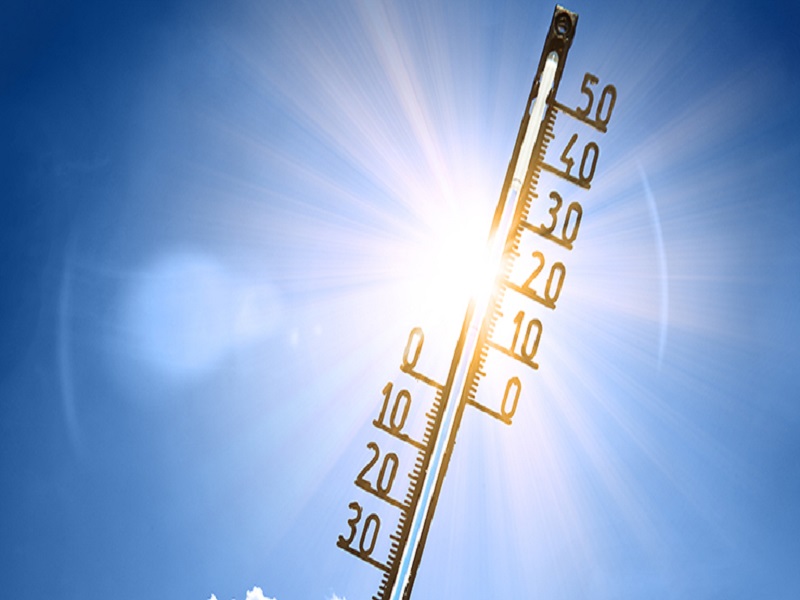29
2018

Making the Case for CO2 Refrigeration in Warm Climates
Thanks to its unique properties, notably the high heat transfer coefficients and the low sensitivity to pressure losses, CO2 delivers high performance in supermarket applications.
In warmer climates, the advantages of CO2 in food retail applications have been disputed. In recent years, however, the interest from forward-thinking retailers has fueled the invention of new technologies that make transcritical CO2 systems in warmer climates both viable and profitable. New technologies are rapidly emerging as highly energy-efficient solutions that help retailers reduce complexity and meet current and future regulation on traditional refrigerants.
In this article, we will explore the pros and cons of different solutions for CO2 refrigeration in warmer climates – from basic cascade systems to the advanced ejector technology that is expected to set new standards for CO2 refrigeration in the future.
CO2 is one of the most environmentally friendly refrigerants with a GWP of only 1; it is widely available as a by-product in a number of industries, and the price of CO2 is low.
CO2 Cascade Systems – Good Performance but High Complexity
Parallel Compression – Highly Efficient in Warm Climates
Contacts & Support
Focusun Refrigeration CorporationRoom 603, Baohong Center
No. 7755 Zhongchun Rd
Shanghai CHINA
ZipCode: 201100
Tel: +86-21-5108 9946
Fax: +86-21-5227 2259
Email: enquiry@focusun.com
Sales: sales@focusun.com
Marketing: marketing@focusun.com
Press: press@focusun.com
Newsletter: newsletter@focusun.com









